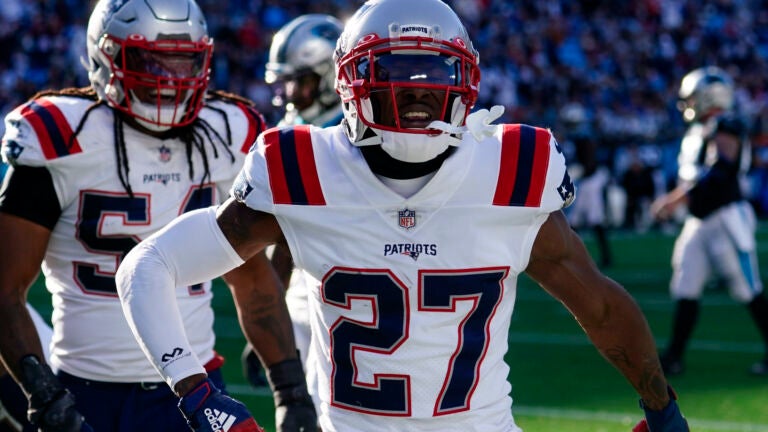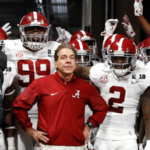
Chad Wilson
November 23, 2021
Most cornerbacks that you run into will tell you that they prefer to play man coverage over zone coverage. There are a number of reasons for this. One is because they think it shows their worth at the position. Second, it’s because zones can be confusing and require a little more discipline than man coverage. Intelligent corners don’t think this way as they know that zone coverage is necessary and can provide a pretty big payoff for guys that know how to run it.
When you are young (little league / high school) and you are athletic, there is temptation for coaches to just have you do what is best at the moment and that is use your athletic superiority to dominate the opponent by playing man coverage. What gets lost sometimes on coaches at that level is that part of their job is to teach the young athlete the game. Unfortunately, the desire and for some, the pressure to win, will lead them to do only what is necessary to win the game and not so much what is for the long term development of the player.
As a result of what I just described, the young player grows into a mature player that struggles with the intricacies of playing zone coverage. The biggest issue out of understanding the coverage is having the discipline to play it and cover their zone. When offenses are plotting on secondary members by running routes in front of them or taking a player that is in one zone and running him off to another, being where you are supposed to be can become a big problem.
Athletes who struggle in zone usually have one of two major things happening to them. One is they don’t totally understand the coverage and or they don’t understand what it is the offense is doing to them. To be more effective in man coverage, you have to be willing to play zone. However, a coach is not going to be willing to run zone if his players are not disciplined.
The first thing you have to understand when playing zone coverage is that you are now covering with your mouth. Whereas man coverage is all about your feet and your hands, zone coverage forces communication into the equation in a big way. When a player leaves your zone, you must resist your man tendencies which is to chase and activate your zone intelligence which involves you telling your teammate that he is coming. Learning to communicate is a big key to excelling at zone coverage.
The next thing you have to do is totally understand the zone coverage. Of course you are going to know what your job is or I assume your coach won’t have you out there. However, understanding who has the surrounding zones will prevent you from being tempted to move into a zone that is not yours. Understanding that the linebacker has the flat when you have the deep 1/3 will make you less likely to jump a route in the flat and instead call out to the linebacker that there is a player there.
Finally, knowing what the offense is trying to do will allow you to plan ahead as the routes unfold. Being able to plan ahead gives you the anticipation you need to remain in your zone. Knowing that a team likes to run a seam route by the slot WR when the outside receiver runs a dig will keep you from chasing the dig when you should be helping on the seam. Knowing that the route combo is coming will do wonders to keep you out of a zone belonging to someone else and in the zone that you are supposed to patrol.
If you are struggling with your zone coverage, try taking care of the three things that I described in this article. Before that, understand why it is you may be struggling to play zone coverage in the first place. Knowing these things will really help you in getting the problem corrected.
If you want to increase your knowledge of zone coverages and offensive concepts, join the All Eyes DB Camp member’s area. I have a ton of info and videos on those topics in there.
Chad Wilson is the owner of All Eyes DB Camp and author of "<a href="http://101dbtips.com">101 DB Tips</a>". He played college football at the University of Miami and briefly in the NFL for the Seattle Seahawks. Over his 15 year high school football coaching career, he tutored over a dozen Division I defensive backs and as a trainer has worked with NFL All Pros, first round draft picks, college football All Americans and Top 10 ranked high school football prospects.










